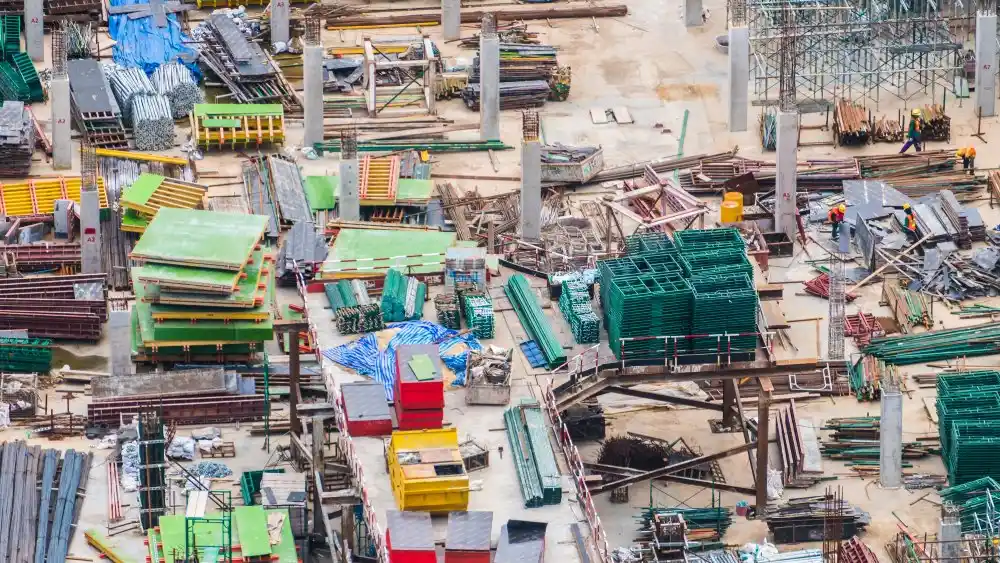Budget buffers in Australian builds cover unknown costs like fixtures or finishes, often referred to as construction allowance. For example, choosing premium tiles later may draw from this reserve. According to ACIF 2024, unforeseen expenses can raise budgets by up to 10%, stressing the need for transparent quotes and regular cost tracking.
Hidden Costs That Push Projects Beyond the Initial Budget
Unexpected expenses can derail even the most meticulously planned builds, forcing teams to dip into reserves early. These surprises often stem from incomplete initial assessments, where factors like ground conditions reveal hidden challenges. Incorporating a construction allowance early helps mitigate such risks, allowing for flexible adjustments without compromising timelines.
In many cases, regulatory changes mid-project amplify these issues, demanding extra compliance work. Builders who overlook contingency in construction find themselves scrambling for funds, which erodes profit margins. A solid construction allowance, however, provides the necessary leeway to handle these without halting progress.
Common Unforeseen Expenses During Construction
- Soil remediation when unstable ground requires additional stabilisation efforts.
- Late material deliveries due to supply chain disruptions, increasing holding costs.
- Weather delays in regions prone to heavy rains, extending labour hours.
- Utility relocation if underground services are discovered unexpectedly.
- Design scope changes requested by clients, adding to architectural fees.
- Compliance updates to meet evolving building codes or safety standards.
Why Budget Estimates Often Miss These Costs?
Optimistic forecasting frequently underestimates real-world variables, leading to gaps in planning. Incomplete site data and poor stakeholder communication compound this, as assumptions replace thorough investigations. According to a 2024 study by Edith Cowan University, 77% of large Australian projects exceed budgets by over 30%, highlighting the need for robust risk assessments.
How Construction Allowance Influences Overall Project Budget?
Integrating a construction allowance shapes financial stability from the outset, balancing ambition with realism in tenders. It affects how builders compete, as overly tight allowances can deter investors wary of potential overruns. Accurate data from construction takeoff processes helps set realistic percentages, ensuring the allowance aligns with project scale.
Larger allowances foster trust by demonstrating preparedness, yet they must not inflate bids unnecessarily. In competitive markets, a well-calibrated construction allowance enhances cash flow management, allowing reallocations without external financing. This approach ultimately strengthens overall budget integrity across residential and commercial builds.
Average Percentage of Budget Overruns in Australian Builds
| Project Type | Average Overrun | Main Drivers |
|---|---|---|
| Residential | 8–12% | Design changes, materials |
| Commercial | 10–15% | Scope growth, compliance |
| Infrastructure | 12–18% | Site and weather delays |
Methods to Estimate an Accurate Construction Allowance
Practical techniques transform vague guesses into reliable figures, starting with benchmarking against similar Australian projects. Sensitivity analysis tests variables like inflation, while risk matrices identify high-impact uncertainties. These methods ensure the construction allowance reflects true potential exposures, typically representing 5–10% of total costs based on industry benchmarks.Construction Allowances 101: 4 Effective Practices for Budget Management
- Rawlinsons Cost Guide for detailed regional pricing data.
- Cordell Estimating for comprehensive quantity breakdowns.
- CostX software for digital takeoff and scenario modelling.
- Buildxact platform for cloud-based, real-time adjustments.
Strategies to Control Construction Allowance and Prevent Budget Creep
Actionable steps begin with phased cost reporting to spot deviations early, keeping the construction allowance intact. Supplier negotiations lock in prices, reducing volatility from market shifts. Digital dashboards provide visibility, enabling quantity surveyors to adjust proactively and maintain discipline throughout the build.
Structured allowance reviews, involving all stakeholders, catch creeping expenses before they escalate. According to IBISWorld’s 2024 industry analysis, adopting these practices can reduce overruns by up to 14% in Australian sectors. This disciplined approach preserves the construction allowance as a tool for stability, not a catch-all for poor planning.
Setting Transparent Cost Boundaries at Design Stage
Early collaboration unites architects, builders, and clients to define clear assumptions in tender packages. Documenting these prevents later disputes over scope, enhancing accountability. A well-articulated construction allowance here sets realistic expectations, avoiding confusion that often leads to unplanned expenditures.
Regular Progress Audits and Variance Tracking
Monthly variance tracking offers real-time insights, comparing estimates against actuals via digital tools. This maintains alignment and protects the construction allowance from erosion. Key checkpoints include:
- Materials usage and procurement efficiencies.
- Labour hours versus projected schedules.
- Overhead allocations for site management.
Turning Allowance Planning into a Risk Management Asset
Smart planning elevates the construction allowance beyond a mere buffer, turning it into a strategic shield for cash flow and forecasting. It bolsters investor confidence by addressing uncertainties head-on, like in sustainable builds where material innovations introduce variables. Looking ahead, integrating eco-friendly practices will refine these allowances for greener, more resilient Australian projects.


